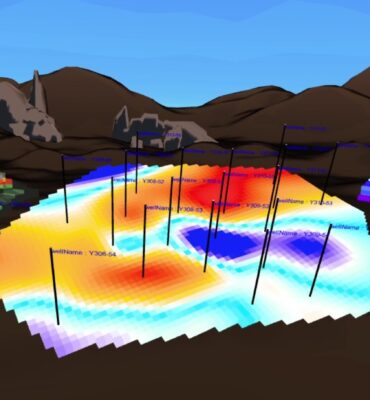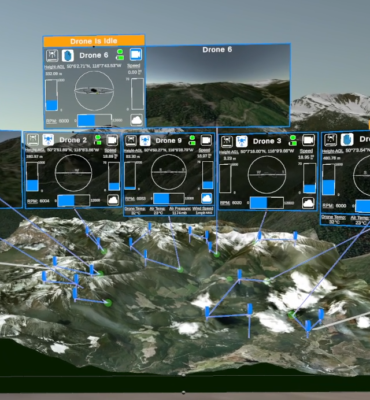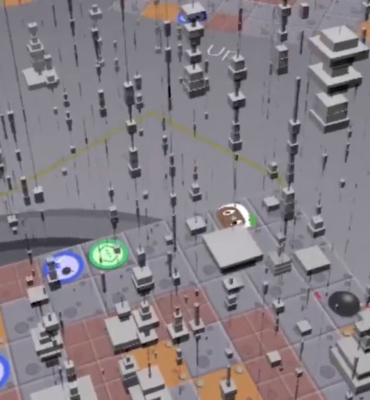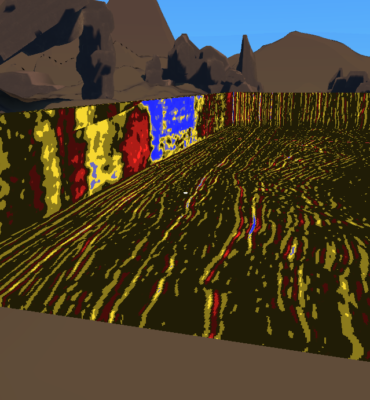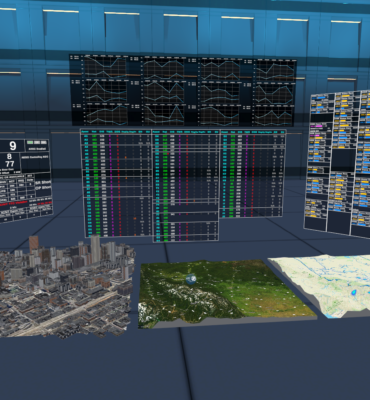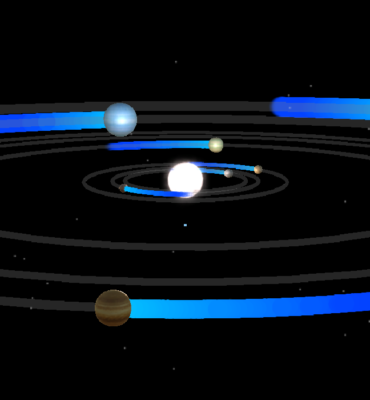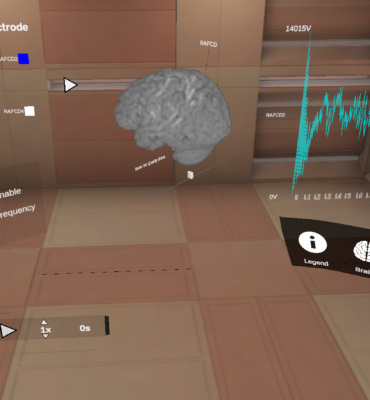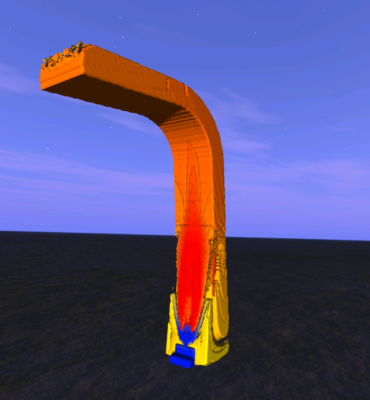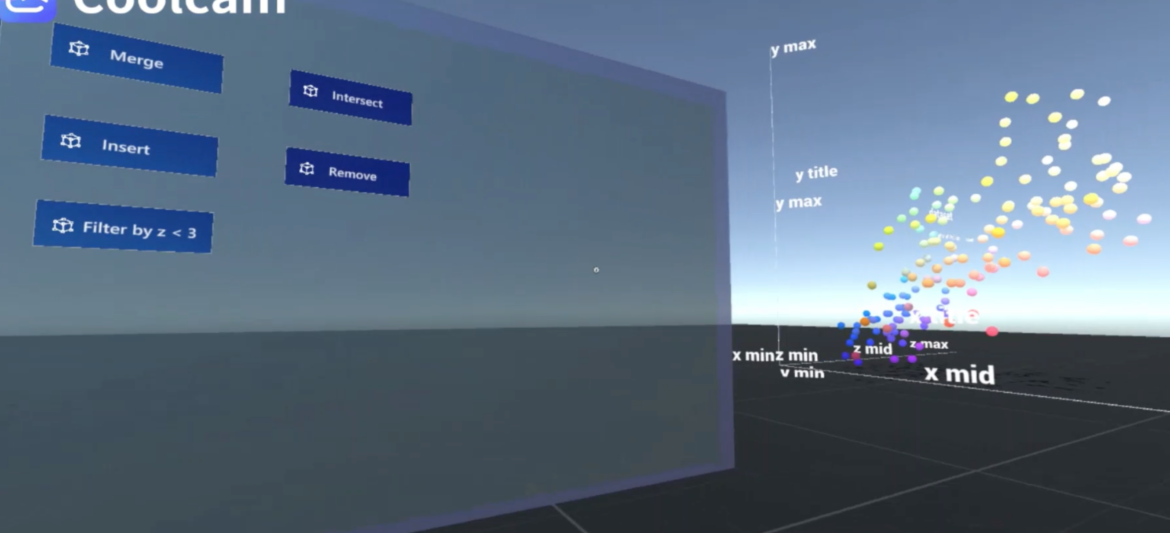
Gestures elicitation
Our research is based on elicitation of gestures while interacting with 3d data visualization in immersive world. In 2009, Wobbrock et al. first introduced the concept of elicitation study to determine the user preference on surface gestures [1] and ran a comparative study between the user-defined and author-defined gesture set to demonstrate the limitations of gesture set defined by system designers. They showed that around 40% of designer-defined gestures could not make it to the gesture set defined by users. After encountering innovations like Rayban stories and facebook metaverse, it is a fair and obvious anticipation that the future holds endless opportunities for research on finding the interaction techniques best suited for users of immersive world. Now a days, gesture is one of the most popular interaction modalities. It brings about the question: how users would like to interact with 3d data visualization using gestures in immersive environment. To answer this question, we are performing this study which has three important phases: Elicitation, evaluation and generating Results.
The elicitation phase consists of acquiring the user-preferred gestures for different tasks. In this study, we are acquiring our intended data through the incorporation of users in the design process, which is inspired from the concept of participatory design [2]. We are going to run experimental simulation to extract information on user preference and perform elicitation study on different gesture interaction techniques suggested by the users. we will investigate and observe user-performed gestures for the tasks, and identify common gesture interactions for a 3D dataset, as well as discuss users’ perceptions of the benefits and drawbacks of each gesture.
The effect of a gesture or the functionality which is expected to be achieved after user interacts with the system is called Referent. The participants will perform different interactions for referents like selecting or unselecting one or more 3D data points, filtering them based on some criteria, creating intersections of datasets, and merge them etc. in immersive domain. We will follow Wizard of Oz [3] technique for running the elicitation process where instead of system reacting to users’ commands, the experimenter performs the task on behalf of the system.
Then we will perform different evaluation measures including agreement analysis to find the gestures that were most agreed upon. Lastly, the contribution of this research would be a user-defined gesture set for interacting with 3d data visualization in immersive space and important insights about user mental models for the designers before developing gestures for systems involving interaction with 3d data visualization in extended reality space.

